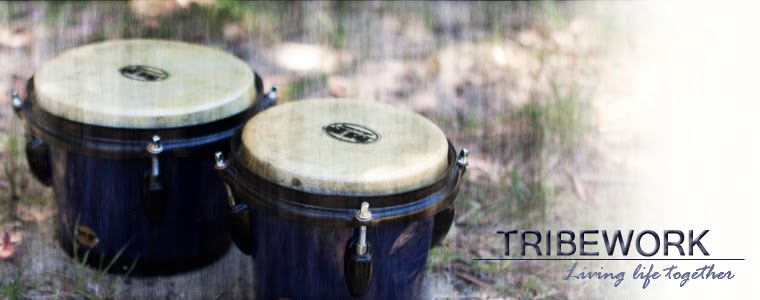There’s a nature to people who are drawn into good causes only to find months and years down the track that certain corrosive dynamics weren’t advertised. No sociopath puts that ‘status’ on their social media or dating site profile. No ruthless boss will declare that at interview. No ‘trusted’ emissary of leadership we choose to follow will either.
Yet we may find later on down that meandering track, in the fullness of time, when true missions are known, and undeclared motivations are seen for what they are—piqued usually in conflict—that those initial favourable perceptions are collapsed within toxic conclusions.
Shockingly, that partner of our dreams becomes a nemesis when we find their initial candour and charisma shielded a deeper truth that we’d never have chosen for. That boss who seemed so giving and considerate initially becomes more demanding, and alarm bells ring when they refuse the worker their basic rights, and worse when there’s manipulation involved. And when that leader we chose to follow, that one who inspired us, becomes a tyrant making pariahs out of anyone with the gall to ‘dissent’.
One thing we can listen to are the dissenting voices who are otherwise pillars of integrity. Yet these, no matter their character, are bound to be gaslighted into the oblivion of silence, scapegoated for speaking truth into otherwise alternative realities; soon that integrity is forgotten for a more convenient narrative.
The toxic environment has a caustic effect on not only mind and soul, but it also manifests in bodily tension, in headaches, in the constancy of anxiety, in sleepless nights, and in attacks of panic.
Toxic environments are characterised by not only being impossible to survive, but they’re also impossible to change.
If only there was space for dialogue, to speak truth into the dynamic, and for that truth to be appreciated or at least held in tension, there would be cultural improvements for everyone to enjoy. But alas an environment that’s difficult to survive is also correlated as one difficult to change.
If we’ve highlighted the need for change, it may have hastened our demise, for narcissistic behaviour will beget threat for perceived threat, and to challenge the status quo is to challenge malevolent power at its source. Humble leaders can stomach differing views, for they at least can agree to disagree and won’t repel those with differing views as dissidents.
For a long time, it can be that we delay the move. We’ve sensed that staying in the toxic environment has been bad for us, and we wait until the evidence is irrefutable, many times too late. We know that in making the move, we commit to ‘betraying’ the toxic influence, and once those changes are forecast and then acted upon, the tyrant reacts. It’s either hot pursuit or it’s a cutting off, sometimes, bizarrely, it’s a blend of both.
The toxic environment is damaging in so many more ways than we can venture to predict. Not only what it’s doing to us, but what it’s done, what it compels us to do by reaction, how hope departs into despair, and the impact made on us as it flows negatively into others’ lives around us—those we care about and for.
These dynamics always catch us by surprise and yet we come to regret not having made decisions earlier. Given that we couldn’t have seen this beforehand, we cannot cruel ourselves for having failed to act earlier. Wisdom dictated that we could not depart prematurely. Wisdom dictated we wait upon confirmation.
Toxic environments are perhaps as common as they’ve ever been in a decadent and yet such a corroding age. In this age many have seen and lived in such privilege and have grown used to entitlement, and yet manifestation of generational trauma is never more pronounced. Exposures of malevolent power structures and their travesties are more and more common place, and this is opening the eyes of the world.
It must be highlighted that the hallmark feature of a toxic environment is the fact that not only does it have a toxic effect, but importantly the environment will not change or cannot be changed, which leaves us with a dire choice.
Where toxic environments can and do shift—and there are times in marriages, workplace relationships, etc, where this has occurred—great is the credit to those who made the most of the opportunity to change. Only the humble can listen to the affected, empathise, and make adjustments so that the relationship can work. And that’s truly inspiring leadership.
We’re all like plants, we only grow in healthy soil, so if your environment is toxic, adjust it or get to healthier soil.


No comments:
Post a Comment
Note: Only a member of this blog may post a comment.